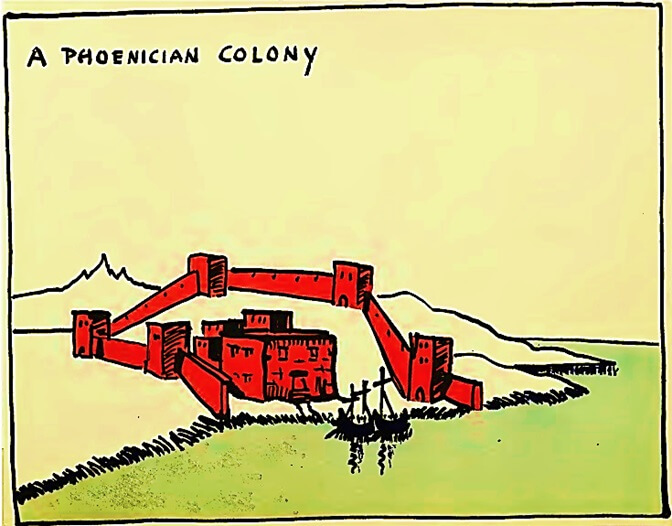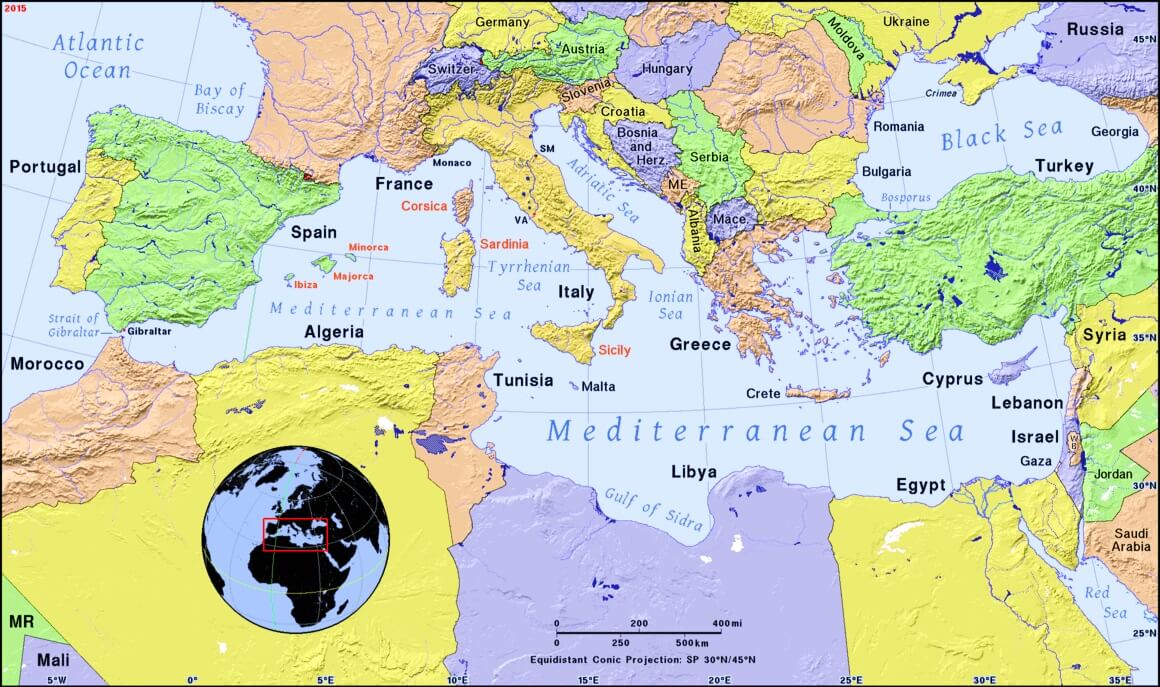 Ancient Man
Ancient Man
Ancient Man
Ancient Man


 Ancient Man
Ancient Man
Ancient Man
Ancient Man

Study the lesson for two weeks.
Over the two weeks:
Activity 1: Narrate the Chapter
Activity 2: Map the Lesson
Find locations related to the chapter.

Activity 3: Identify Vowels and Consonants

Click the crayon above. Complete page 47 of 'Second Grade World History Coloring Pages, Copywork, and Writing.'

Activity 4: Complete Coloring Pages, Copywork, and Writing
